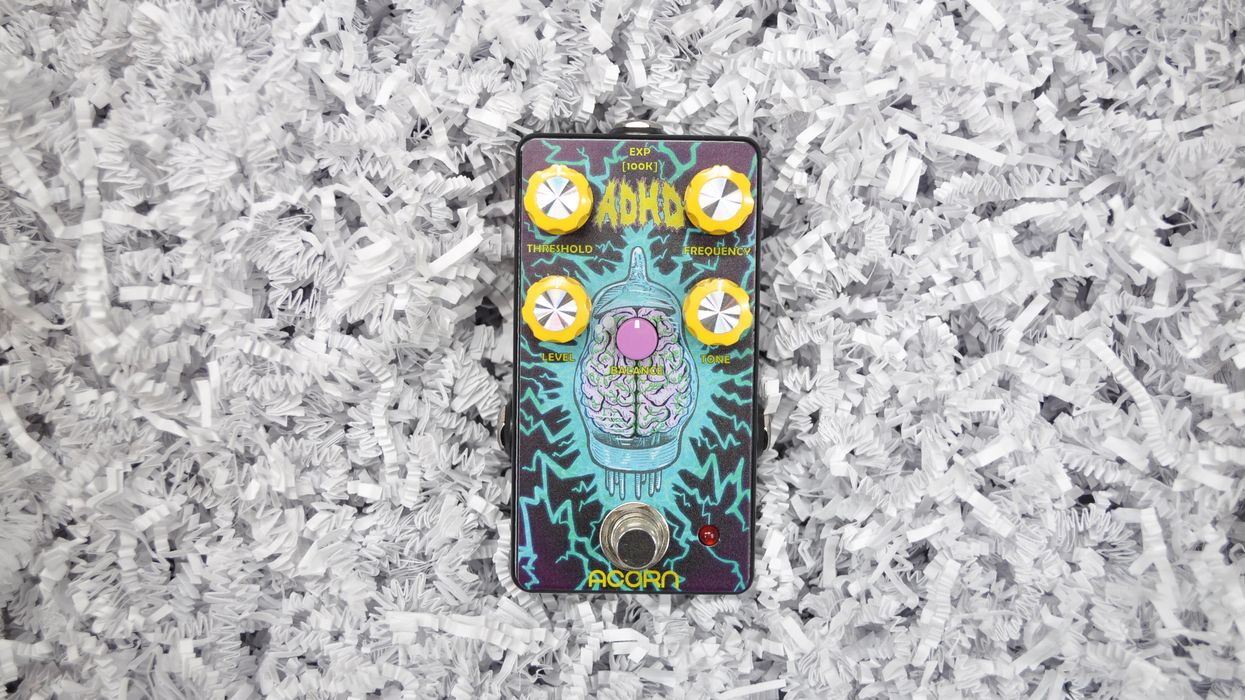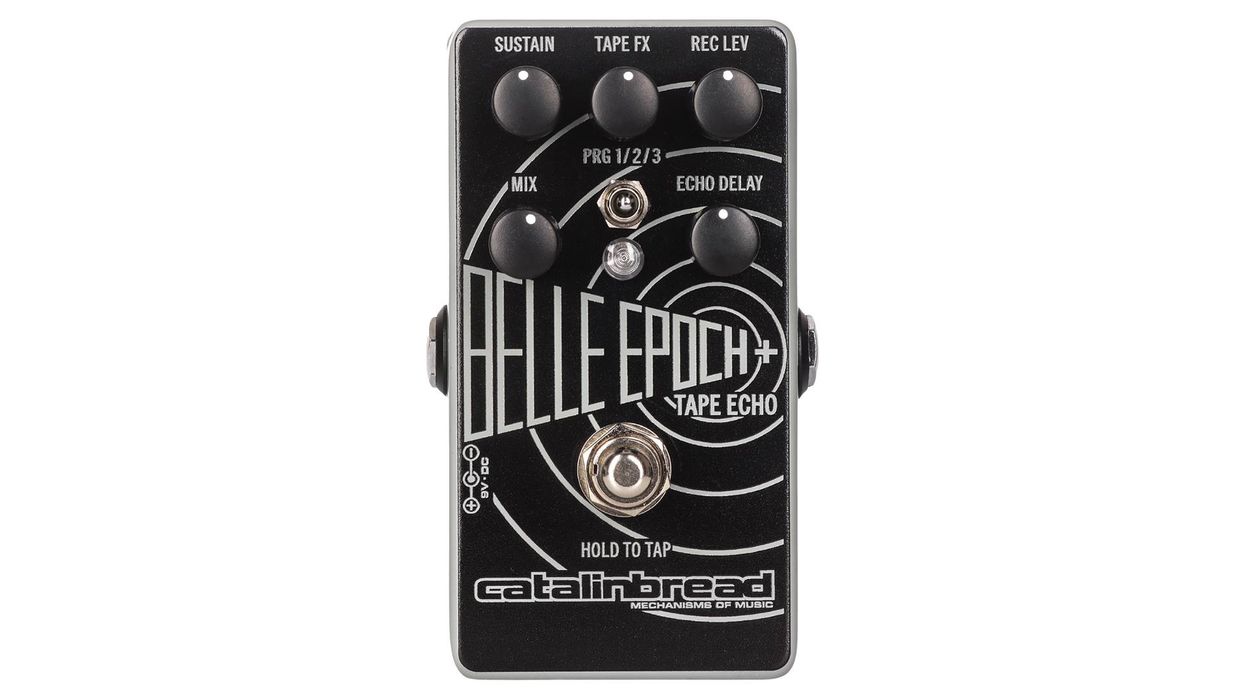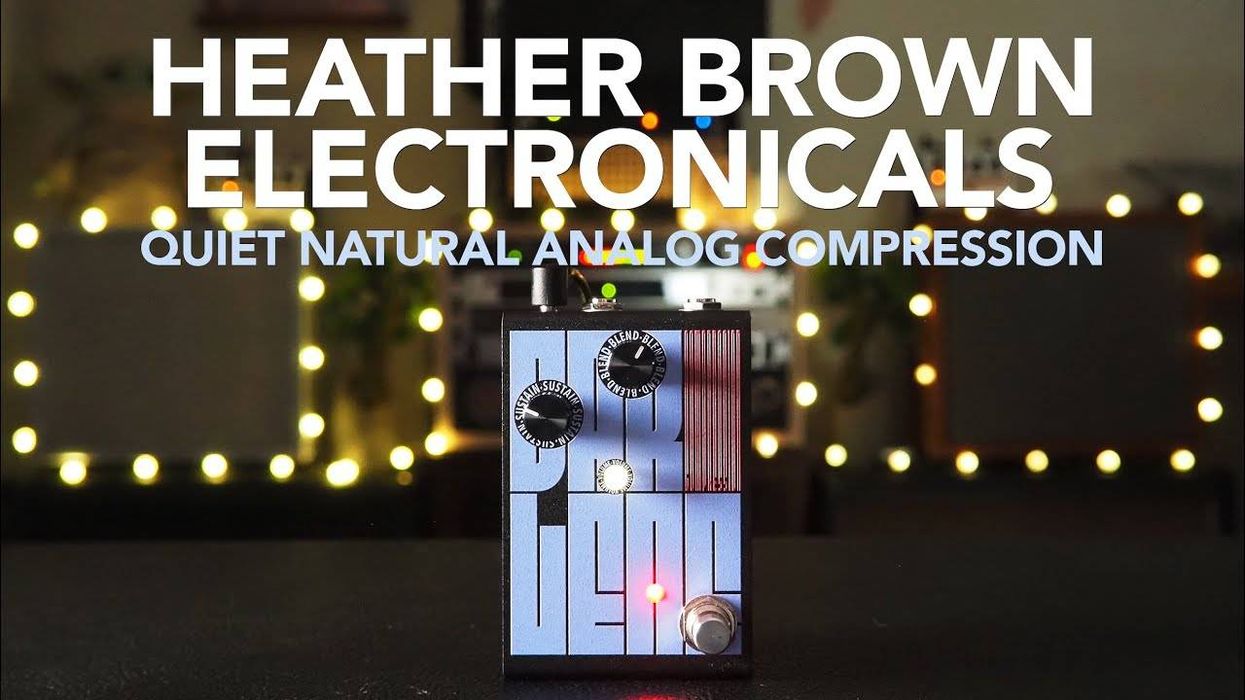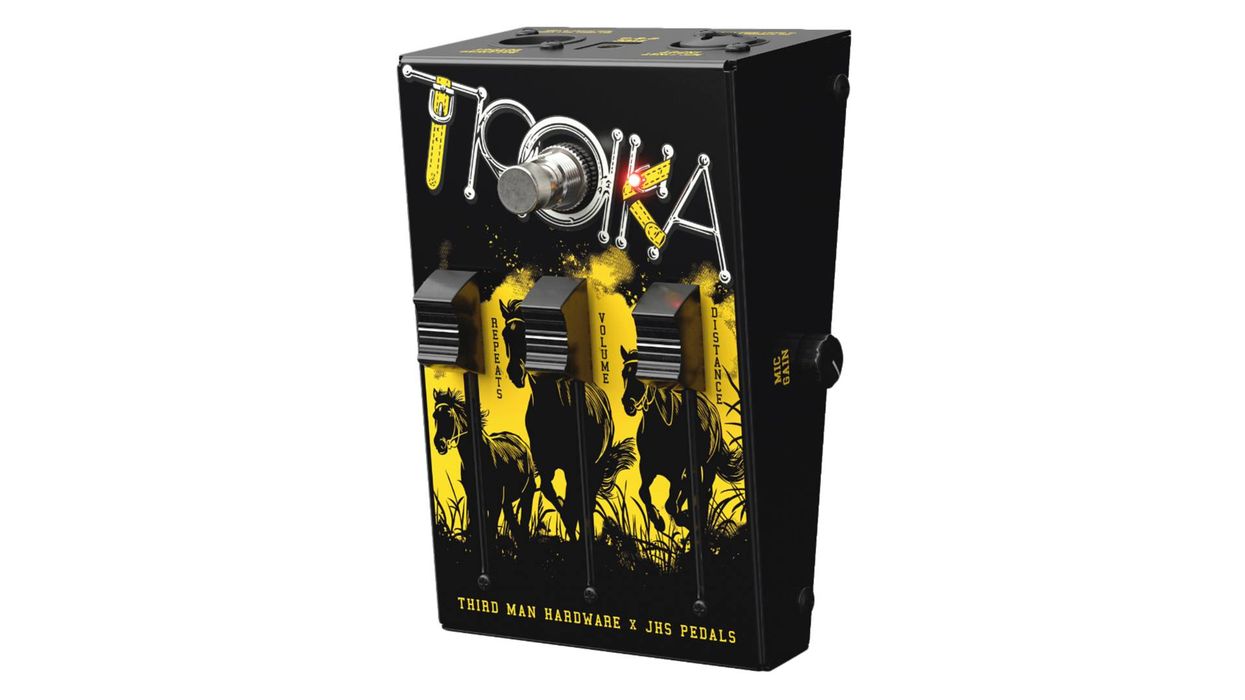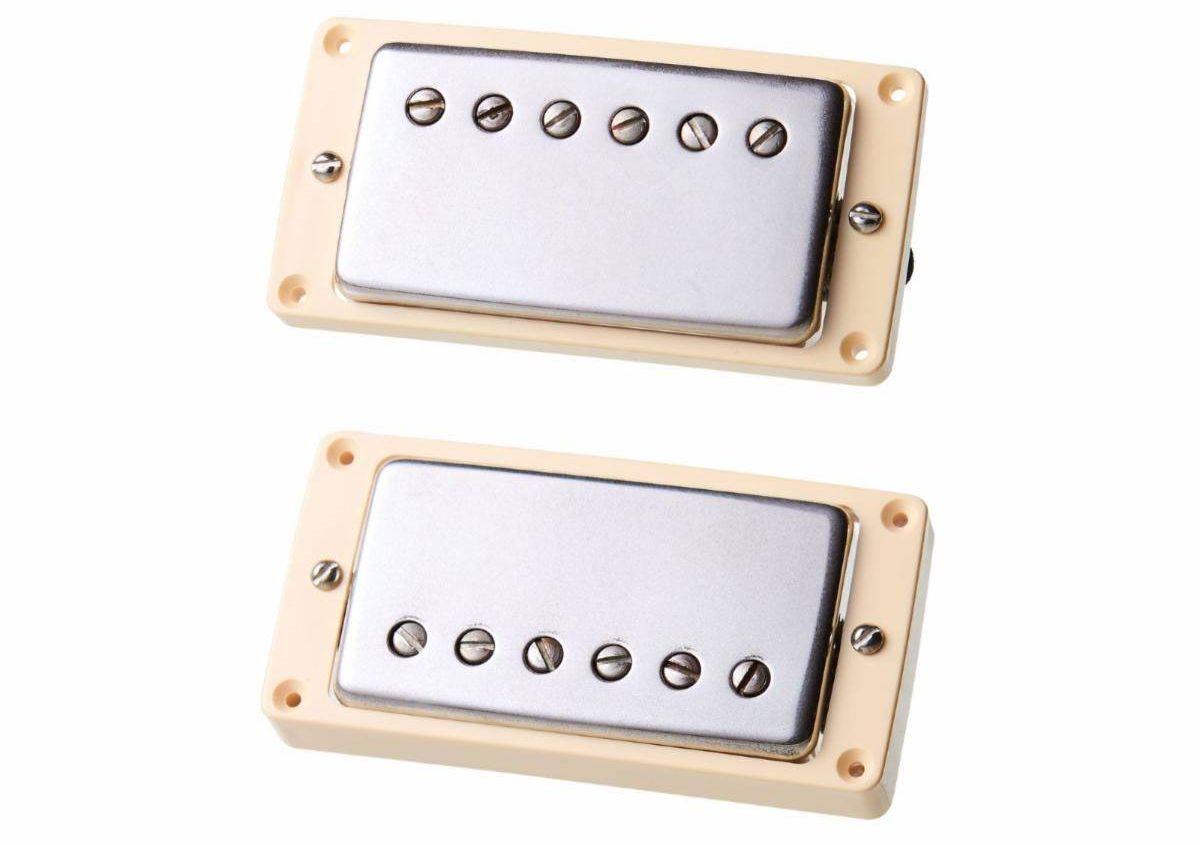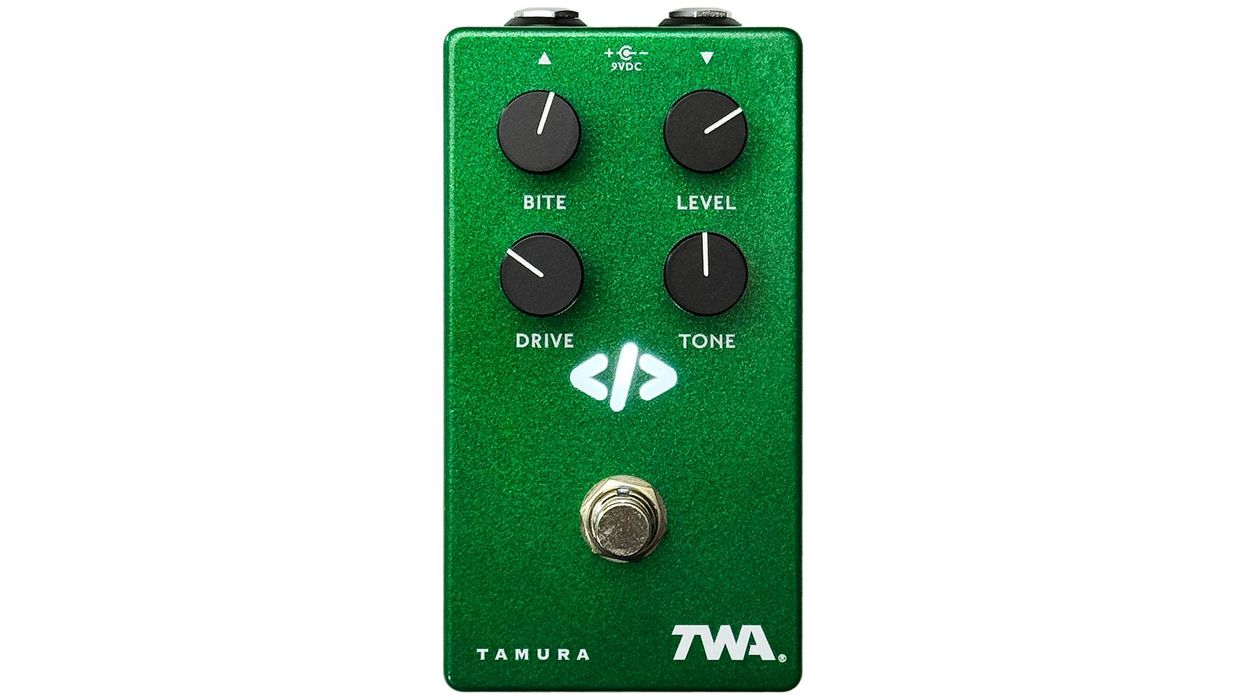The ADHD, or Adaptive Droning Hyperfuzz Device, is a glitch, filter, bit crushing, octave, square wave guitar synth oscillator disguised as a fuzz pedal.
The newest creation from Acorn Amps, the ADHD, is a pedal that’s hard to pin down into one category of stompbox effects. The ADHD, or Adaptive Droning Hyperfuzz Device, is a glitch, filter, bit crushing, octave, square wave guitar synth oscillator disguised as a fuzz pedal. An adjustable square wave oscillator accompanies a rambunctious fuzz circuit to create a wildly interactive guitar or bass guitar effect. 8-bit vintage videogame tones become searing octave leads with the turn of the five control knobs on board the ADHD and the synth noise oscillator can be controlled using an external expression pedal or tuned by hand with the Frequencyknob. The Acorn ADHD is assembled using a voltage-controlled timer that blends with the gain control of an LM386 amplifier IC chip to produce interactive and layered bit crushed octave-up-and-down fuzz tones that can be sculpted even further along the frequency bandwidth with the tone/filter control. Transform your guitar into an expansive fuzzy synthesizer with the Acorn Amps ADHD pedal.
Features Include:
- Five shapable controls to design your own fuzzy, synth-y soundscapes
- Expression jack to control the oscillation circuit externally
- Balance control to blend the synth oscillator with the fuzz circuit
- Pedalboard-friendly compact design assembled in a 1590B aluminum enclosure
- True bypass and powered by standard 9V DC pedal power. Consumes less than 30mA of current
The ADHD Fuzz is $149.00.
For more information, please visit acornamps.com.
